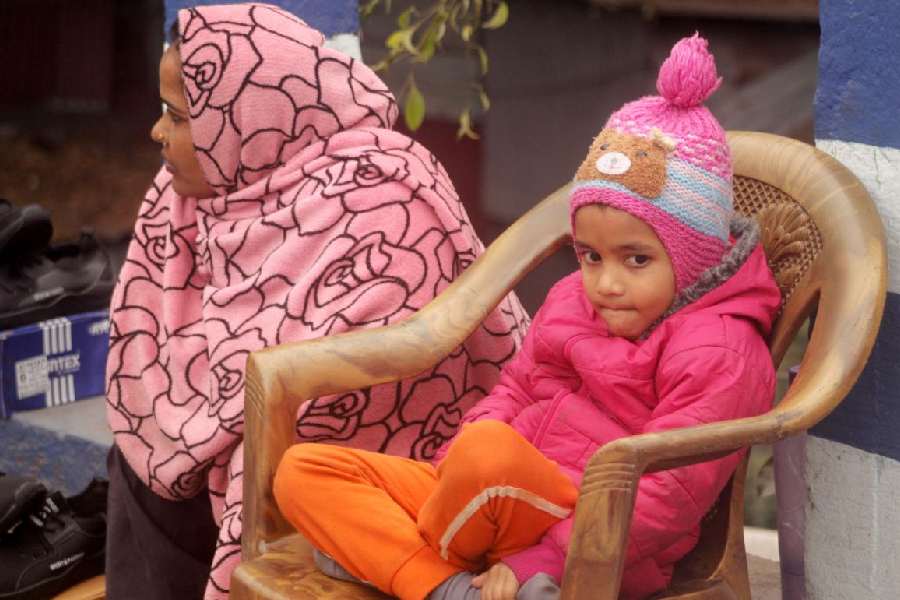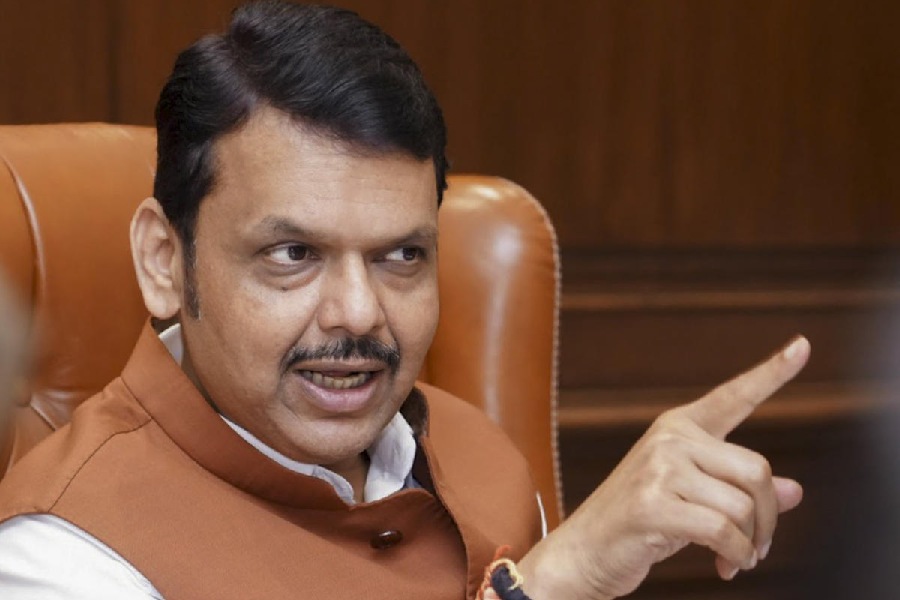 |
The violence in Kokrajhar, Assam, its recurrence in the Bodo autonomous regions and other areas of lower Assam, and its tangible markers (the numbers of the dead, wounded and displaced) cause alarm. As new statistics surface, humanitarian intervention speeds up. Those supporting the autonomy of the Bodos and their displacement, the cause of the Muslims of Bengali origin and “Bangladeshi” immigrants, and those concerned about Assam’s predicament within India and along its borders with Bangladesh — everyone demands precise explanations. Who arrived when in these areas? Who displaced whom? Who killed? Who watched and witnessed? Who incited? Who fled? Facilitating reconciliatory dialogues, many observers indicate, is especially critical.
Dominant discourses polarize debates — such as Bodo versus Bengali immigrants, the Assamese versus the Bodos, Indians versus Bangladeshis, and ethnic versus communal. In the rich agrarian, forested and mineral-rich landscape known as northeast India, which shares a complicated internal boundary with India and external boundaries with its neighbouring states, questions regarding the making of identities and boundaries have no easy answers. Equally complicated are the boundaries within that draw lines among the Bodos, the Assamese, the settlers and many others. It is then not the who or what that is entirely tangible and marked out, such as the authentic claims of the Bodos regarding their troubled existence and loss of land, but the blurry history of movement and settlement — registers of imprecision — that partly explain such violence.
Like the 1983 massacre at Nellie in Assam, the violence at Kokrajhar is likely to reveal a maze of competing social relations over land. These equations are a product of more than a century of contentious land politics and the marginalization of the province of Assam, and more recently, debatable border-making in northeast India. Sovereignty and sub-nationalism, autonomy and immigration, and marginalization and the loss of resources and life have frequently shaded into one another in this region. Indeed, the violence at Kokrajhar is not exceptional. However, just as this conflict signals the predicament of the Bodos, the settlers of Bengali origin and the immigrants, and that of Assam in general, it equally transcends Assam’s boundaries.
Postcolonial South Asia is replete with examples of struggle over territoriality and space. Questions of land, together with control over produce and resources, were integral to state-building after the hurried Partition of India in 1947, a process that often witnessed the coercive appending of smaller territories. State-building and the marking of new borders ensured that peoples’ relationship to land were replaced with a uniform attachment and belonging to land as national territory. The history of postcolonial South Asia and of all the fragments that form states, then, is as much a history of national territories and citizenship as the history of hurried assemblages marked by ambiguous locations and fuzzy identities. Even today, State surveillance and census, or the registration of citizens and foreigners, do not lend certitude to citizenship or illegality. If postcolonial South Asia created citizens, it equally slotted others as suspects — never complete citizens, but not quite illegal foreigners either. And it is these registers of imprecision that one needs to acknowledge with the incidents in Kokrajhar, Nellie and elsewhere in South Asia that constantly place and displace borders.
While territoriality remains pivotal to the formation of states and regions in South Asia, we are confronted repeatedly with its incompleteness. Ad hoc borders, hurried and coercive assemblages, are reflected in the bitter struggle over identities. In the late 1990s, when the Bodos had not achieved autonomous regions, the borders between India and Assam were decided in cities like Delhi and Mumbai. Many Bodo scholars feared returning to Assam during vacation, even as their friends and colleagues from other parts of India happily vacated hostels. They feared violence, harassment and loss of life in the hands of security forces deployed to control the demand for Bodoland. Today the borders of violence are more local and marked. The Bodos’ fears of being harmed and displaced, of the loss of life and guns and the fears of Bangladeshi immigrants in Assam and elsewhere have led to the fears of the Bengali settlers and immigrants. Fear remains central and cyclical to narratives of recognition and expulsions, of the loss of life, of material and emotional displacement.
So, the losses at Kokrajhar are a reminder. First and most important, they draw attention to the troubled existence of the people living in Assam — the Assamese, the Bodos, settlers of Bengali origin, immigrants and others — and their struggles over land and recognition. Second, the violence at Kokrajhar reminds us that borders and border-making are complicated whether fenced or unfenced. As a region that is cut off and appended to mainland India, northeast India’s predicament is at once tied to the neighbouring Bangladesh and reflects its complicated internal boundaries within and with India.
While the catastrophe brings to the surface questions of authenticity and of homelands, these notions are played out in the underlying tensions that rupture the mundane. These ruptures are as much products of a century of conflicts revolving around the demarcation of settlement zones and the phases of contentious mobility between competing provinces, zones and states as everyday modes of border governance. Thus, the citizen and the suspect live with barricades, check points, frisking and interrogation in northeast India. Third, while the threat of violence is never out of context in this region, the guns and barricades signal the region’s need for protection while equally indicating that this political space cannot be trusted completely. Finally, the violence at Kokrajhar reminds us that the register of precision — the tangibility of figures, the numbers of who belong and who do not, and the mapping of troubled zones — underlies the registers of imprecision. Marking and mapping, giving meaning to and claiming authenticity, simultaneously create ambiguous locations and displacements: who is who, who belongs where, who incites and who kills. Walls are central to our lives, walls that keep away and draw closer, haunting us as spectators and interventionists.










